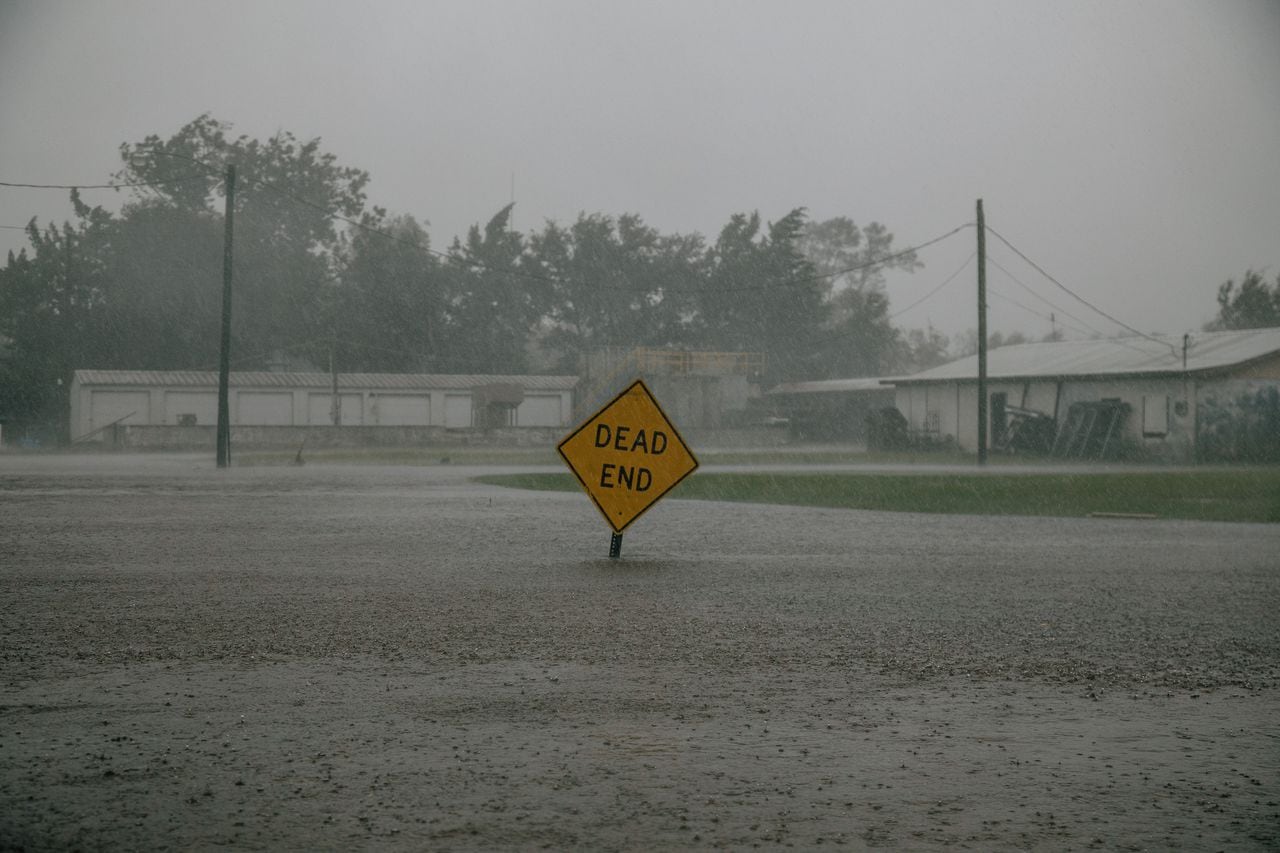2023 was hot, wet, dry and deadly
Since society’s brush with COVID-19, time seems to be moving faster and slower simultaneously. You know exactly what I’m talking about. Asking people to remember what happened a month or year ago is like asking a goldfish to do your taxes. Or me, to be honest.
Since it’s the year’s end, The Meltdown offers a quick review of some of the year’s most significant climate/weather events. But first…
We had record-breaking drought and flooding. Category 4 Hurricane Ian became the deadliest to hit Florida since 1935. We even had a November hurricane, the first in 37 years. Mississippi’s state capital, Jackson, had a water crisis that, by all accounts, continues. Remember the winter “bomb cyclone” that affected 200 million Americans and shut down power grids across the country? I don’t.
Overall, we had 18 disasters costing over $1 billion each. Hurricane Ian alone cost $113 billion. We racked up $165 billion in damages in collaboration with Mother Nature. But the good news is that the Inflation Reduction Act was signed, guiding $400 billion toward fighting climate change.
Before you read on, please feel free to follow me on Twitter, Facebook and Instagram. And share this newsletter with your friends if you think they’ll enjoy it.
Will you remember 2023?
A traffic sign submerged in floodwater after Hurricane Delta made landfall in Louisiana. Photographer: Bryan Tarnowski/BloombergGetty Images/Bloomberg Creative
While the total damage caused this year is less than half of 2022, we did have 25 weather/climate disasters that cost over $1 billion, beating 2020′s record of 22, according to records kept by the National Oceanic and Atmospheric Administration.
We can all be relieved that we had a quieter Atlantic Hurricane season this year, thanks to El Niño – a periodic climate pattern characterized by warmer-than-average sea surface temperatures in the central and eastern Pacific Ocean. Without getting into the science of it all, winds from El Niño either prevent storms from forming or blow the tops off developing hurricanes. Silver-linings! Kind of.
However, 25-billion-dollar disasters are still alarming because they show that these expensive disasters are more widespread than ever.
Here’s a quick look at last year’s most significant weather and climate news events.
Atmospheric rivers in California: In early 2023, California experienced severe flooding and damage due to a never-ending series of atmospheric rivers. These weather phenomena, formed due to intense heat in the tropics, brought excessive rainfall to the state, causing widespread flooding and significant infrastructure damage. At least 22 people died and caused billions in damage.
Deadliest U.S. wildfire in over a century in Maui: A catastrophic wildfire in Maui, Hawaii, became the deadliest in the U.S. in over a century. The fire caused between $4 billion and $6 billion in damages and killed at least 97 people.
Hurricane Idalia, Hilary, Franklin, and Otis: Hurricane Idalia made landfall in the Big Bend region of Florida in late August, causing significant flooding and destruction. It went from a tropical storm to a category four hurricane in just a couple of days, owing to the extreme water heat circulating in the Yucatan Channel. And it’s not the only unusual hurricane activity to hit in 2023. Southern California was hit by Hurricane Hilary in August, an infrequent occurrence.
Hurricane Franklin, which did not make landfall in the U.S., ran out of steam deep into the ordinarily frigid North Atlantic close to the southern tip of Greenland. Hurricanes don’t usually make it that far in cold water. Then, in October, Hurricane Otis went from a tropical cyclone (Pacific terminology) to a category five in 12 hours, smashing directly into an unprepared Acapulco on Mexico’s west coast. It was one of the fastest-intensifying forecasters have ever seen.
Record-breaking heatwaves: The U.S. experienced record-breaking heatwaves across various regions, including Puerto Rico and the southern Plains. Cities in Texas, for instance, reported all-time high temperatures, underlining the escalating issue of extreme heat events due to global warming. Debates over the rights of outdoor workers erupted on farms and building sites across the country. On average, heatwaves cost the U.S. economy about $100 billion annually.
Kids fighting for climate change: Young people in Montana won a significant climate case against the state. The court ruled in favor of the youths, recognizing the state’s violation of their constitutional rights by promoting fossil fuel extraction. This landmark decision has set a precedent in climate litigation, emphasizing the accountability of governments in addressing climate change and protecting the environment.
In Hawaii and California, similar efforts are underway, where youth activists are using legal channels to challenge state policies and demand more robust action against climate change. These cases are part of a growing movement where young people are increasingly taking a stand through the legal system to push for environmental justice and policy changes to combat climate change.
Oil for sale at the UN’s planet-saving climate conference: The United Nations big climate conference, COP 28, was hosted by the oil and gas-rich United Arab Emirates and presided over by the country’s top oil executive. While it was highly controversial and had some hiccups along the way, every country in attendance committed to transitioning away from fossil fuels. Will they follow through? They don’t usually, but maybe we should all just be positive about it… again.
If that’s in any way depressing or overwhelming, take a look at any of the past Meltdown newsletters. They contain ways to calm your mind and body or completely alter your mind. They are helpful, I promise.
Thanks for reading The Meltdown. Please sign up, share, and be super kind to everyone. It’s the Holidays! Send tips to: [email protected]
See you next week.
